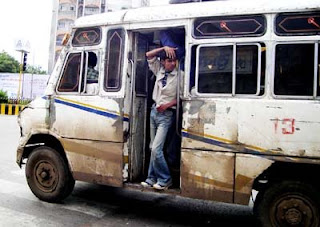By 1911, Edward VII had died and George V was to be crowned. Sultan Jahan was invited to attend the Coronation in London and decided to accept. Sultan Jahan left heir apparent Nasrullah in Bhopal to hold the fort while she took Obaidullah, his wife Shahryar Dulhan, Hamid and his child bride Maimoona sultan with her on her journey to Europe.
First came the stops at Aden, the Suez Canal, where the King and Queen of Belgium boarded the ship, the Mediterranean Islands, the coast of Italy and finally the port of Marseilles where the ship dropped anchor. The port of Marseilles was thronged with press reporters and a large crowd had gathered to catch a glimpse of the Begum. Indian princes carry with then a huge aura of mystique and glamour for Europeans, but woman ruler was a complete rarity that drew a large inquisitive crowd to the quayside. The French police cleared the docks and enabled Begum to enter a purdah carriage and drive to the railway station where she boarded a special train that had been commissioned for her by the French government.
In Paris the Begum stayed at the Hotel Majestic. The hotel management was specially deferential and allowed half of the hotel kitchen to be partitioned so that the Begum’s chef could prepare her food according to Islamic tenets. After a week in Paris, the Begum headed for England to attend the ceremonies related to the Coronation. After crossing the Channel, the Begum and her party installed themselves in a large rented house – Pattison Court – in Redhill, a town 18 miles south of London.
As 22 June – the day of coronation – approached, Sultan Jahan installed herself in St Ermine’s Hotel near Buckingham Palace. She took her two sons and ministers as part of her Coronation party, but left her two daughters-in-laws behind in Redhill. At the Coronation itself, the Begum caused a stir and mild amusement by appearing in a burqa with her awards worn on the outside. Sultan Jahan seemed to strike a particularly warm chord with the King’s mother, the recently widowed Queen Alexandra, with whom she recounted having lost three loved ones a husband a two grown up daughters.
Once coronation ceremonies were over, Sultan Jahan departed on her return journey.
After staying for a week in Geneva, she proceeded eastwards, traveling by the Orient Express to Istanbul via Vienna. Thirteen years later, Sultan Jahan was to draw on this vast reservoir of goodwill that she built up with the British royal family.
 As you would have been informed by now, we, the people of Madhya Pradesh, are strongly against condoms, sex and anything to do with human reproduction whatsoever. We consider it to be against our culture and heritage.
As you would have been informed by now, we, the people of Madhya Pradesh, are strongly against condoms, sex and anything to do with human reproduction whatsoever. We consider it to be against our culture and heritage.




